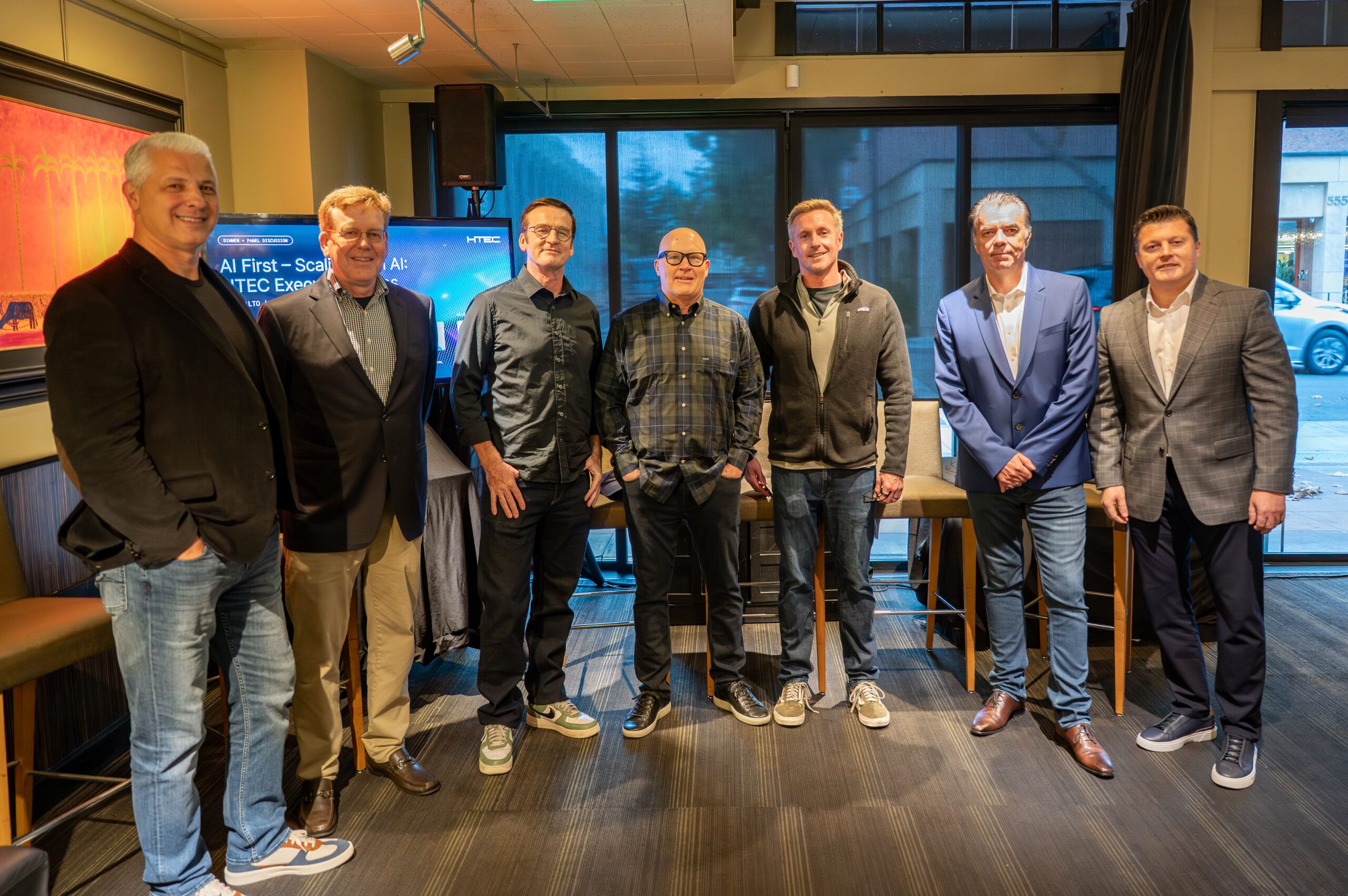When we started our partnership with Styngr back in 2022, one thing immediately resonated – their steadfast commitment to continuously elevate the gaming experience with immersive music. To do this, having the right kit that addresses immediate user needs is rarely enough. To truly stand out, it’s about anticipating not only user preferences, but also the next shift in the market – and using these insights to continually refine the product strategy.
Focused on seamlessly integrating top-tier music into games and gaming platforms, Styngr takes the hassle out of the way by putting pre-licensed music a click away – for game developers and players alike. Having successfully worked on platform integrations and architecture improvements, and crafting a user-centric experience, Styngr and HTEC embarked on another ambitious project – extensive user and market research to help Styngr strengthen their market presence.
Challenge: Insufficient clarity on what gamers expect from in-game music experience
There’s no denying that music plays a key role in shaping how players experience a game. But understanding what gamers actually want from in-game music is far from straightforward. Today’s players are highly discerning, quick to embrace innovation, and diverse in their motivations—some seek immersion, others play to compete, socialize, or unwind. With so many unique personas across genres and platforms, it’s challenging to design music experiences that resonate broadly. There’s no one-size-fits-all approach, and without clear insight into what players value most, teams risk missing the mark.
Styngr’s flagship platform provides seamless integration of over 100 million pre-cleared music tracks from major and independent labels. The platform’s key features include customizable in-game radio stations, live or pre-recorded music events, dynamic menu music, downloadable content (DLC) music packs, and in-app purchases (IAP) for exclusive music bundles. These offerings allow players to personalize their audio experience, enhancing engagement and providing new revenue streams for developers.
To ensure their offering aligns with what players genuinely want, Styngr leveraged HTEC’s expertise in qualitative and quantitative research. The main goal was to get a more nuanced understanding of how music enhances gameplay, where personalization matters most, and what features players actually find valuable in a Styngr’s offering. These insights will then be used to further enhance Styngr’s product, so it keeps up with the evolving preferences of the decerning gaming audience.
A qualitative dive into music’s role in player engagement
Gamers tend to be tech-savvy and have high expectations when it comes to the overall experience—music included. They often look for immersive, emotionally engaging sound that complements the gameplay, not just background noise. But players aren’t all the same: some game to unwind, others to compete, connect with friends, or explore rich narratives—and their music preferences reflect that.
To get better insights into how players prefer to interact with music when gaming, HTEC conducted a series of online semi-structured interviews. To ensure a lean and insight-driven process, we applied a Latin square approach to maximize the number of promising concepts we could test with the least number of users. This allowed us to prioritize the most relevant ideas early on and accelerate product research without compromising depth.

We explored how players feel about in-game music by testing several concepts: music that adapts to gameplay, comes in pre-curated bundles, offers varying levels of personalization, and can be accessed directly within the app—giving them a more seamless and tailored alternative to third-party platforms like Spotify.
This gave us a clearer understanding of how different player types interact with music, what they value in an in-game listening experience, and where current offerings fall short.
Based on the qualitative research, the HTEC team of product and market researchers narrowed down the feature set to two most valuable offerings. These features were not only identified by users as the most desirable ones, but also stood out when compared with what the competitors are already offering to ensure clear differentiation and offer unique value to gamers.
Expanding the findings through quantitative validation
Having identified the most appealing concepts, the HTEC’s product insights team went on to conduct more extensive quantitative research to understand how the most relevant user personas respond to each.
Using online surveys and a well-known market research method of a/b concept testing to complement the interviews from the previous research phase, HTEC researchers were able to statistically segment the gamer audience and assess how different segments evaluate offered concepts. This helped validate qualitative findings at scale and added a layer of confidence to the final recommendations.
“As a lean start-up that knows how to move fast, Styngr is well-aware that robust product strategies rely on timely data-driven insights. With deep expertise in product and market research and digital product and platform strategy, HTEC conducted extensive quantitative and qualitative research to guide Styngr in refining their offering to better meet evolving user needs. Working alongside the client’s development team, we combined speed, agility, and efficiency to turn insights into action” – Irena Pavlović, strategic insights
From insights to action: A clearer path forward
Armed with both qualitative and quantitative insights, the client gained a clearer view of what players truly value in in-game music. This research not only reduced uncertainty—it provided a strategic foundation for confident decision-making, helping shape a long-term product strategy grounded in evidence rather than assumptions.
These data-driven insights will not only help align the efforts of Styngr’s internal team, but also allow them to precisely adjust their operating model. In addition to offering their products directly to players, Styngr now has a clear roadmap to partner with game developers – so they could work together toward achieving a common goal – providing gamers with immersive and memorable experiences that today’s gamers consistently value—no matter how or why they play.






